MY TOP TIPS FOR Creating Colour palettes
Colour is one of the most important elements of a good design.
A good colour palette is not always an easy thing to master & many of us find it hard to find colour palettes that work or even where to start to create one.
Here are a few tips to get you started.
When drawing motifs for patterns I always start with an old colour palette or my favourite go to colours if I haven't decided on a new colour palette yet. This helps to get the look and feel for how the motifs will be coloured so when I come to recolour them it’s slightly easier than starting from scratch. I don’t over think this first step as it’s just about getting the ideas down for the design & not all about colour at this point of the design process.
Create contrast by using dark & light shades. To really make a pattern work you need to have a range of shades to make the design feel cohesive. By making sure you have a few darks and light neutral shades in your colour palettes it will help those lovely mid-tones pop.
Keep it simple by limiting your colours, sometimes patterns & illustrations with only 2-6 colours are the ones that work the best, but for a colour palette for a collection a good starting point is 8-12 colours. Ranging from darks, mid tones, lights/neutrals. This will give you a good range to pick from when creating each pattern.
Take photos of nature and pull colours out of them. Nature has an amazing way of making beautifully balanced palettes.
When scrolling on Instagram or Pinterest take note of what you like and why you like it? Ask yourself what makes it work & stand out to me? By doing this it will help you understand what you are naturally drawn to, this in turn will help you build your own palettes.
Experiment!! Give yourself permission to play and make mistakes…it’s ok if you don’t get it right. By Being experimental new and amazing things can happen. Get excited about colour and what it brings to your designs. Colour can change the mood, provoke feelings and help tell your story.
Go to your local hardware store and get some paint colour swatches, cut them up, mix them up & have a play with different combinations. This is a great way to get off your computer & out of your head by mixing things up & having the colours right in front of you, this can make it not such a challenge and more experimental. Once you find something that works you could take a photo of it, open the photo in illustrator, procreate or photoshop & use the eyedropper tool to pick the colours to create your new palette. These paint colour swatches are also great for collage like cut & paste projects or abstract pattern concepts.
Colours can look very different at times from screen to screen, whether printed on paper or fabric, let alone different fabric bases. If you are designing for fabric or wallpaper & working with Spoonflower you could make your own colour chart using HEX codes or choose your favourite Pantone colours & get them printed on fabric or wallpaper to see how colours you like print out on your desired fabric or wallpaper quality bases. This can help you make better colour decisions at the concept & design phase when colouring. See below for a photo of the fabric colour chart I made using Erin Kendal’s easy to use template, she has made it super easy for you to just load your colours into a chart in AI, make a jpeg, load to Spoonflower & hit order.
I hope these tips help you approach colours in a new way & get you thinking about how to make this part of the process fun.



